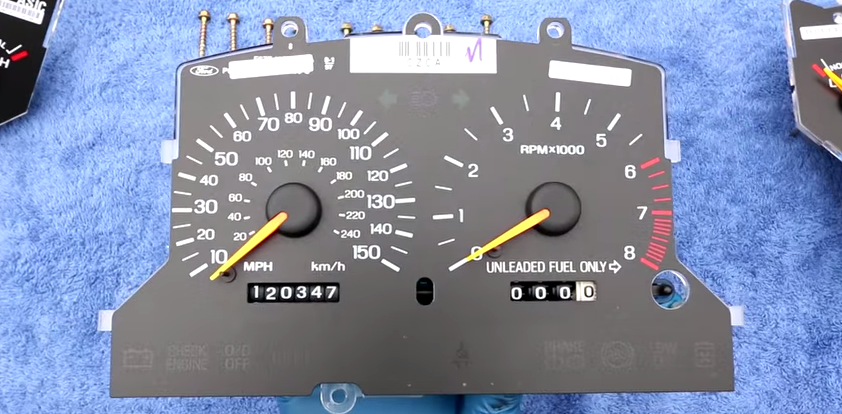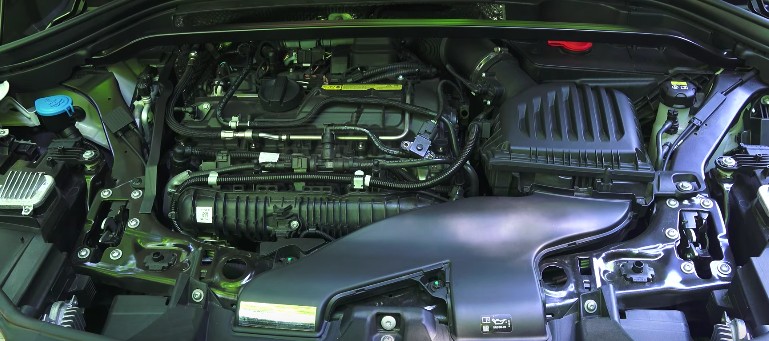It used to be pretty easy for anyone who was even slightly mechanically inclined to swap out their own wheels and tires. If you had your winter tires on a set of steel wheels, all a good DIY’er needed was a decent jack, a good wrench and an hour or so to change out the wheels. And this was a Good Thing.
But then along came TPMS systems, and everything changed. Now you’re supposed to either have a second set of TPMS monitors for the extra set of wheels, or you have to have the TPMS monitors swapped over when you change to winters, which basically defeats the purpose of having an extra set of wheels in the first place. Even if you have a second set of monitors, when you swap out the wheels you have to program the car’s computer to accept the new monitors, which requires either an expensive TPMS tool or an expensive trip to the shop to have a professional do it.
There is also the option of not putting TPMS monitors in your winter wheels and accepting that the dashboard light will simply be lit up all winter, but this means that a) you’re not getting the protection that TPMS actually does provide, and b) you will HAVE to swap your wheels yourself, because a tire shop is not legally allowed to put wheels without TPMS monitors on the car.
But what DIY tire swappers have really needed for years is a TPMS tool designed for the home user, something that does only what they need it to do without all the bells and whistles that shops need. They need a tool that is designed to take care of one or two cars rather than every car on the market, a tool that can handle a few sets of TPMS monitors and program them into the car’s ECU twice a year. Most of all they need a tool that won’t break the bank. DIY’ers, meet the Three Musketeers: ATEQ’s Quickset, VT15 and VT30 tools for home use.
For users who need to update their vehicle’s ECU by plugging into the OBDII port, ATEQ’s Quickset tool is a painfully simple piece of equipment. It stores the TPMS monitor ID numbers of 2 sets of monitors for a maximum of 4 cars. It works in conjunction with a PC application and plugs directly into the OBDII port to tell the vehicle’s ECU which set of monitors is installed at any time.
It couldn’t be simpler to use. Install the included PC software and connect the tool via the USB cable. When the tool is ready, connect it to the car’s ODBII port and it will download the TPMS monitor ID’s directly from the ECU. Then reconnect the tool to your PC and tell the software whether the current ID’s are summer or winter settings. You can then repeat the process for the second set or manually enter another set of sensor ID’s.
When it’s time to change over, you tell the software which set of ID’s to load, connect the tool back to the OBDII port (an extension cord is included for hard to reach ports) and you’re done. No trips to the dealer, hours in the waiting room or ridiculous bills for a ridiculously simple service. Best of all, the Quickset retails for around $150. It’s a great price for freedom from TPMS swapping hell.
For users who do not need to plug into the OBDII port, ATEQ also makes the VT15 sensor activation tool. Simply trigger the tool next to each of your installed TPMS sensors to activate them and cause the ECU to relearn which sensors are on the car. It takes about 5 minutes to relearn the sensors, and the tool can be updated through its USB port to ensure it always keeps up with all the new sensors on the market. The VT15 retails for about $110.
For users who want a more full-featured TPMS tool without the thousand-dollar price tag, ATEQ’s VT30 is a shop-quality, if basic TPMS scan and activation tool. The VT30 can read sensor ID’s and other sensor information, and can activate any sensor on the market that does not have require an OBDII plug-in. It allows the user to print out sensor audit reports and is fully updateable via the PC software and USB connection. The VT30 retails for about $200.
Related posts:
No related posts.






Recent Comments